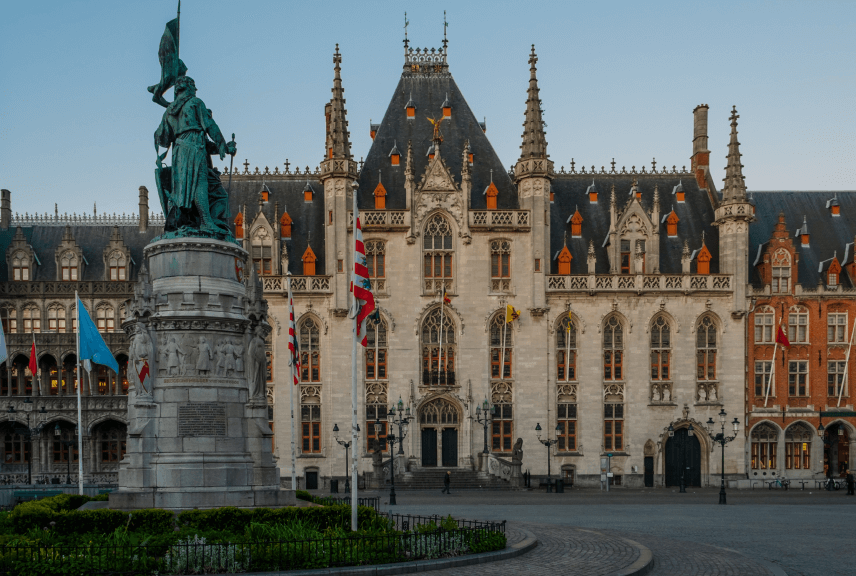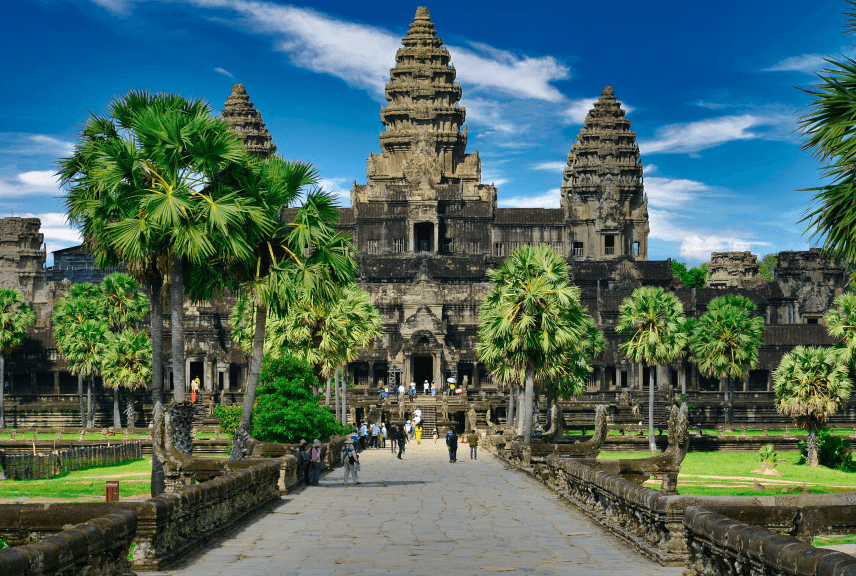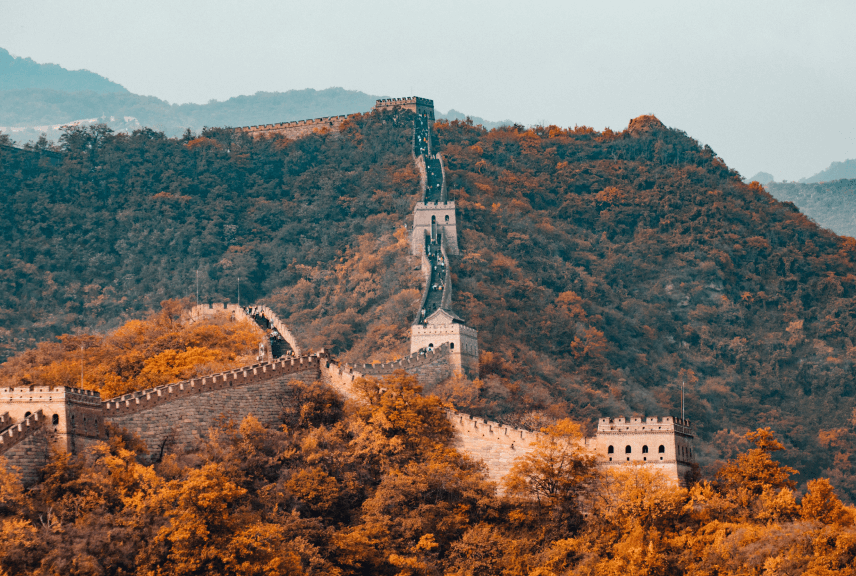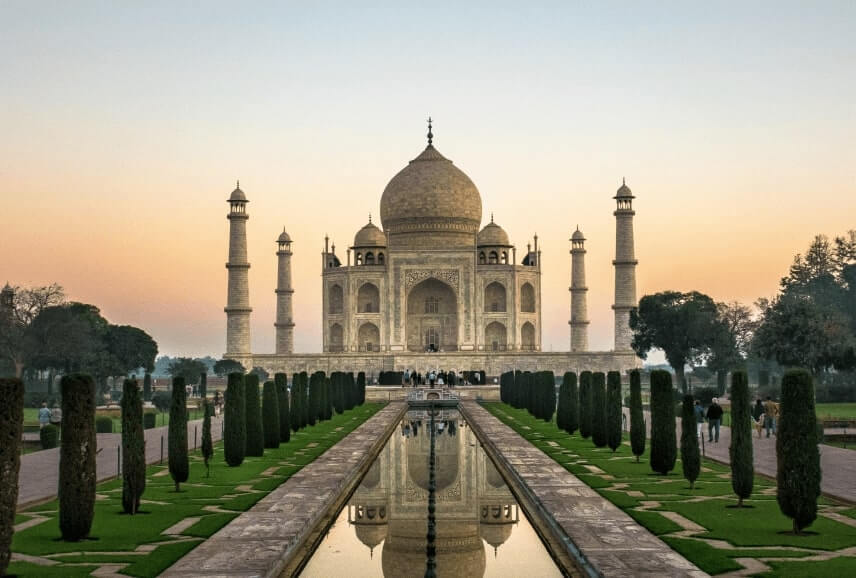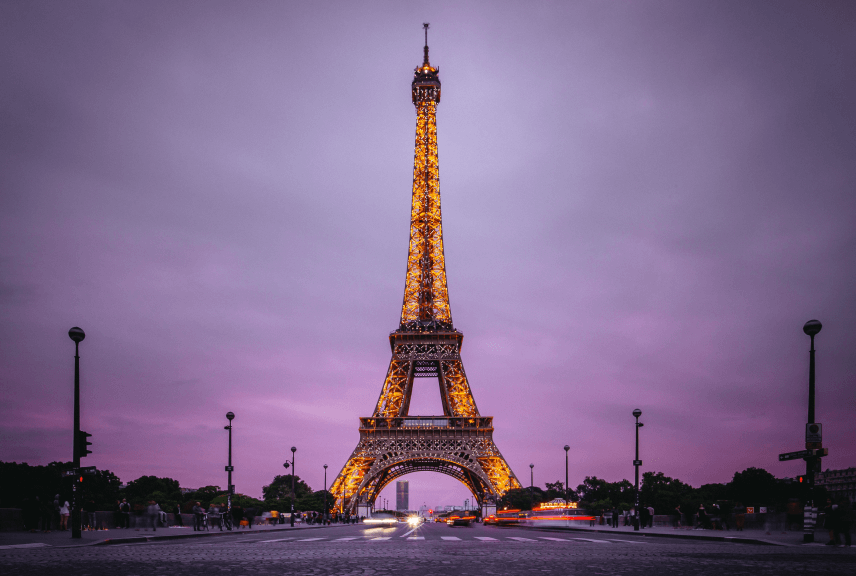Tuesday, August 6, 2024
Reading Time: 2 minutes
Mongolia welcomed a total of 436,617 foreign tourists in the first seven months of this year, according to a report from the Ministry of Culture, Sport, Tourism, and Youth. The ministry highlighted that Russia, China, and South Korea were the top sources of tourist arrivals during this period. Notably, around 30 percent of these visitors arrived in just the last month,
Mongolia is taking steps to diversify its economy, which is heavily dependent on the export-oriented mining sector, by promoting tourism. As part of this initiative, the country has designated 2023-2025 as the “Years to Visit Mongolia,” with a goal of attracting at least 1 million foreign tourists annually. Last year, Mongolia welcomed over 650,000 foreign visitors and generated $1.2 billion in tourism revenue, setting a new record.
Mongolia is actively working to diversify its economy, which has long been reliant on the export-driven mining sector, by boosting tourism. To support this effort, the country has declared 2023-2025 as the “Years to Visit Mongolia,” with an ambitious target of attracting at least 1 million foreign tourists each year. In 2023, Mongolia achieved a record by welcoming over 650,000 international visitors and generating $1.2 billion in tourism revenue.
These countries have consistently been the top sources of tourist arrivals, contributing significantly to the overall growth in visitor numbers.
Factors Contributing to Growth
- Strategic Initiatives: The “Years to Visit Mongolia” campaign is central to the country’s tourism strategy, highlighting its cultural and natural attractions through targeted marketing efforts.
- Improved Infrastructure: Investments in tourism infrastructure, such as better road networks, hospitality facilities, and travel services, have made Mongolia more accessible and attractive to international visitors.
- Cultural and Adventure Tourism: Mongolia is promoting its rich nomadic culture, historical sites, and adventure tourism, including activities like horseback riding, trekking, and exploring the Gobi Desert. These offerings appeal to a niche market of travelers seeking unique and off-the-beaten-path experiences.
- Diplomatic Relations and Visa Policies: Strengthening diplomatic ties and easing visa policies with key source countries have also played a role in boosting tourist arrivals.
Challenges
Despite the growth, Mongolia’s tourism sector faces several challenges:
- Seasonality: Mongolia’s harsh winters limit tourist activity to the warmer months, creating a highly seasonal industry.
- Geographical Accessibility: Mongolia’s remote location and limited direct flights from many parts of the world can deter potential visitors.
- Environmental Impact: The influx of tourists can pose environmental risks, particularly in fragile ecosystems like the Gobi Desert and other natural reserves.
Future Prospects
Given the current trajectory, Mongolia is well-positioned to meet or even exceed its target of 1 million foreign tourists annually by 2025. The continued focus on improving tourism infrastructure, marketing, and sustainable practices will be crucial in maintaining this growth.
Conclusion
Mongolia’s efforts to diversify its economy through tourism are showing promising results. With strategic initiatives, targeted marketing, and an emphasis on unique cultural and adventure experiences, the country is attracting an increasing number of foreign tourists. However, addressing the challenges of seasonality, accessibility, and environmental impact will be essential for sustaining long-term growth in the sector.
